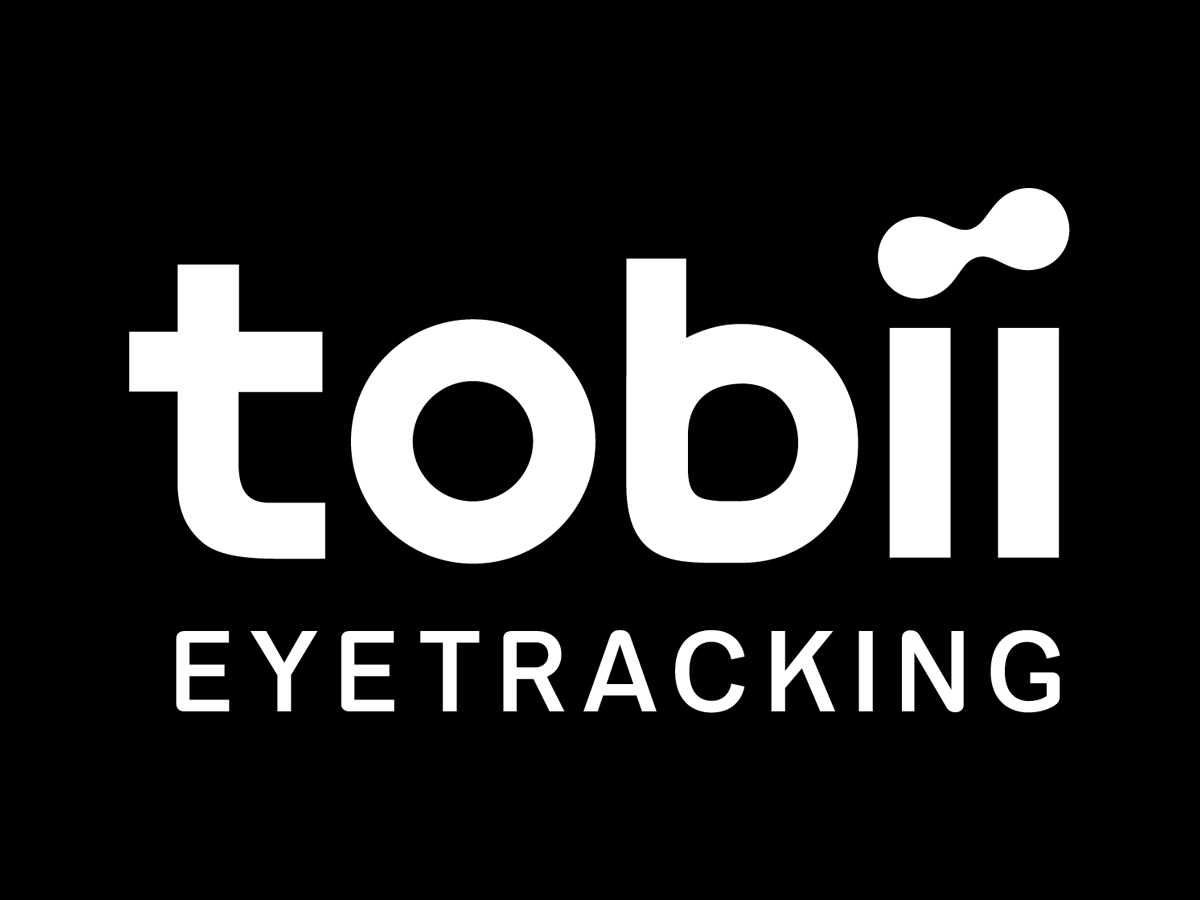Tobii And Microsoft Aim To Standardize Eye Tracking
New technologies often follow a familiar pattern. One company introduces something new, other companies release their versions of the product, and eventually still more companies reveal their own spins on the technology before some of them band together to agree on industry standards. (Or at least de facto standards.) Over the last few weeks, Tobii has made it clear that it believes eye tracking is ready to take that last step.
Tobii announced on May 2 that it collaborated with Microsoft, Intel, and EyeTech DS to create a USB Human Interface Device (HID) standard for eye tracking. The company said in its blog post about USB HID that the standard is supposed to let eye tracking technology "join the family of devices such as mice, keyboards, game controllers, digitizers, touchpads, and more, that have standard interfaces agreed on by USB.org."
Standardizing eye tracking is supposed to benefit software developers, hardware manufacturers, and the people who purchase these products. It's essentially the same idea behind every other standard: People should know that a product they're buying will actually be supported by a broader ecosystem. Standards effectively allow technologies to become the norm instead of restricting them to fringe products.
Tobii included this statement in its blog post:
The ratification of the new USB HID standard is a key milestone for Tobii and shows that eye tracking has formally joined the ranks of credible and future-proof interface technologies,” said Henrik Eskilsson, CEO, Tobii. “It ensures that the foundation is now in place to support mainstream adoption of eye tracking technology across operating systems, platforms, and devices.
One of the most important operating systems for eye tracking technology is Windows 10. Microsoft's newest OS is used by a large majority of PCs, and as long as the company maintains its tick-tock schedule of feature updates instead of releasing an entirely new version of Windows, it should provide a stable platform upon which developers can build.
At its annual developer conference, Microsoft announced a new set of eye tracking APIs meant to make it easier for developers to include eye tracking in their software. These are the same APIs used by Eye Control, a Microsoft-developed feature that lets Windows 10 users control the operating system entirely with their eyes, which should mean developers will be able to build similarly powerful experiences in their software.
Get Tom's Hardware's best news and in-depth reviews, straight to your inbox.
Microsoft said in a blog post that it's also expanding Eye Control with more ways to control the mouse; an Eye Control launchpad that offers quick access to common tasks; and the ability to pause the launchpad "when watching a movie, reading, or taking a break, to help avoid accidental interactions with your eyes." It also expanded hardware support to include EyeTech DS products, with further announcements coming soon.
Enthusiasts aren't new to eye tracking. It's used for everything from accessibility features to VR, and as developers and manufacturers continue to refine the technology, its use cases are sure to continue to expand. Tobii's and Microsoft's efforts over the last few weeks are supposed to give the tech a stable platform that can support it instead of leaving products in their own little silos with varying hardware and software support.

Nathaniel Mott is a freelance news and features writer for Tom's Hardware US, covering breaking news, security, and the silliest aspects of the tech industry.
